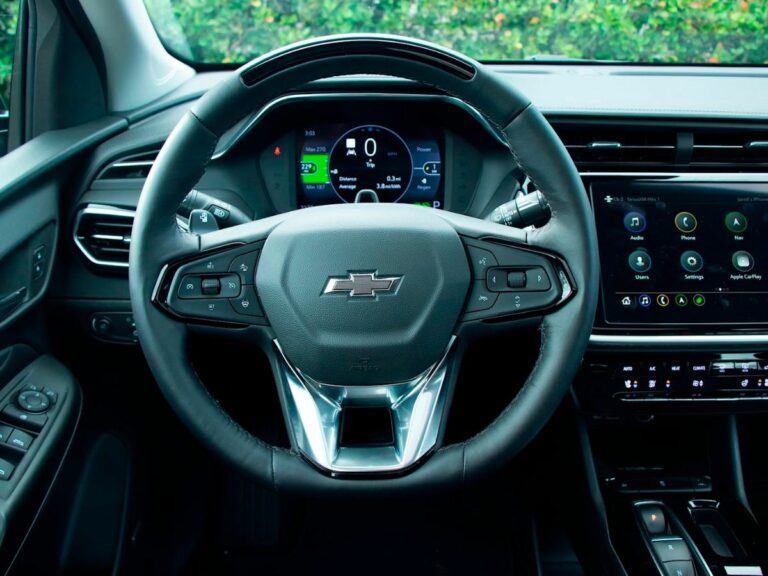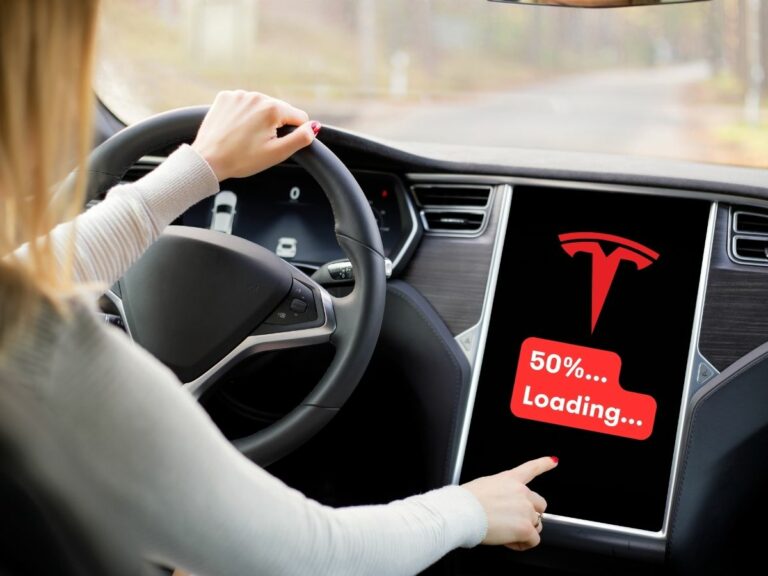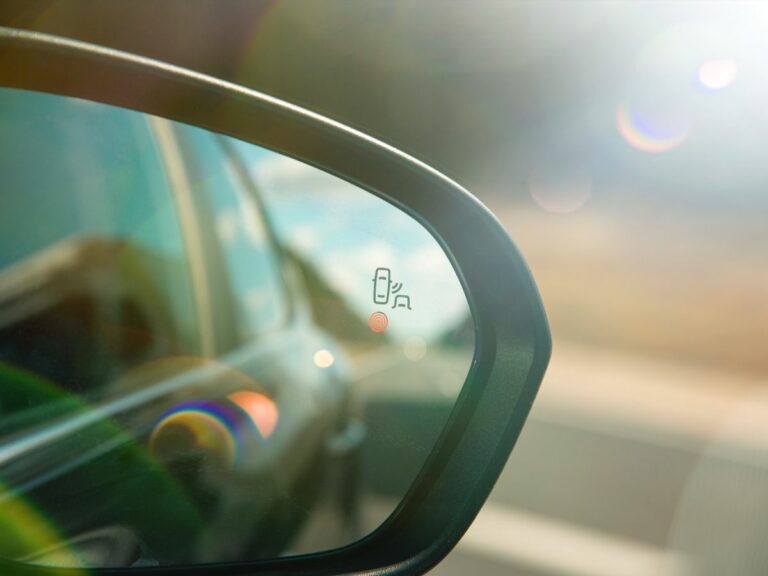Can You Jump a Car with a Prius?
Over my 13 years as a mechanic, I’ve encountered a plethora of questions concerning cars, their quirks, and their capabilities. One particularly interesting inquiry I’ve noticed increasing in frequency, especially with the rise of hybrid vehicles, is: “Can you jump a car with a Prius?”
Now, if you’re like many others, the idea of using a hybrid car like the Toyota Prius to jump-start another vehicle might sound a bit outlandish. However, the answer might surprise you. Having been both in the garage, tinkering with engines, and here, sharing my experiences in blog posts, I’ve gathered a wealth of knowledge on this topic.
We’ll explore the intricacies of the Prius, and its capabilities, and provide a clear answer to our burning question. Let’s dive in!
What Makes a Prius Different?
In my 13 years of working as a mechanic, I’ve seen the automotive industry undergo significant transformations. Among the most notable shifts has been the introduction and rise of hybrid vehicles, with the Toyota Prius leading the charge.
So, what sets the Prius apart? Well, at its core, the Prius is a hybrid vehicle. This means it harnesses power from two distinct sources: a traditional gasoline engine and an electric motor.
While many are familiar with the standard combustion engine found in the majority of cars on the road, it’s the addition of the electric motor and how it collaborates with the gasoline engine that makes the Prius unique.
This duality allows the Prius to achieve impressive fuel efficiency. When you’re driving at slower speeds or are stationary, the Prius predominantly relies on its electric motor. As you pick up the pace, the gasoline engine kicks in. This seamless transition between power sources ensures optimal fuel usage and reduces overall emissions.
Another significant distinction is the Prius’s electrical system. Unlike conventional cars that primarily use a 12V electrical system, the Prius boasts a high-voltage system for its electric drive components.
However, it’s worth noting that the Prius also has a 12V auxiliary battery, similar to what you’d find in traditional vehicles. This battery plays a crucial role, especially when discussing the topic of jump-starting – but more on that later.
Can a Prius Actually Jump-Start Another Car?
It’s an intriguing question, isn’t it? Given the unique hybrid nature of the Prius, one might wonder if it’s up to the task. So, let’s cut to the chase: Yes, a Prius can jump-start another car, but it’s essential to proceed cautiously.
Let’s dive into the specifics. While the Prius runs primarily on its high-voltage system for most of its operations, it also houses a 12V auxiliary battery.
This is separate from the primary hybrid battery and serves functions similar to the 12V battery you’d find in standard vehicles – like powering the lights, radio, and other accessories when the car is off.
This 12V auxiliary battery in the Prius is comparable in strength and function to the batteries in many other cars. Therefore, when it comes to jump-starting another vehicle, the Prius uses this battery, not its primary hybrid battery.
However, a word of caution is necessary here. Given my experience over the years as a mechanic and through the insights I share in these blog posts, I’ve learned that while certain tasks may seem straightforward, understanding the intricacies can be the difference between success and an unintended mishap.
With the Prius, the main point of caution is to ensure you’re accessing the 12V auxiliary battery and not interfering with the high-voltage hybrid system. Mishandling this could lead to complications.
So, while the Prius can lend a helping charge to another car, it’s crucial to be informed and careful. As with any vehicle, understanding its capabilities and potential risks is essential.
Step-by-Step Guide to Jump Starting a Car with a Prius
Jump-starting a car requires precision and caution, whether with a Prius or any other vehicle. Let’s dive into a simple, step-by-step guide on how to safely jump-start another car using a Prius:
1. Safety First
Before starting, make sure both the Prius and the recipient’s car are turned off. This reduces the risk of electrical surges or short circuits. Look for any visible damage, leaks, or corrosion on both batteries. It’s best to call a professional if you notice any, as jump-starting could be hazardous.
2. Gathering Essentials
You will need a set of jumper cables with red (positive) and black (negative) clamps and safety gloves.
3. Connecting the Cables
It’s often found in the rear right side of the trunk area, though it might vary slightly depending on the model year. Here is how it is done;
- Connect the Red Clamp to the Dead Battery: Attach one end of the red (positive) clamp to the dead battery’s positive terminal.
- Connect the Red Clamp to the Prius: Attach the other end of the red clamp to the positive terminal of the Prius’s 12V battery.
- Connect the Black Clamp to the Prius: Attach one end of the black (negative) clamp to the negative terminal of the Prius’s 12V battery.
- Ground the Last Black Clamp: Instead of connecting the other end of the black clamp to the dead battery, attach it to an unpainted metal surface on the recipient car. This acts as a ground and is a safer approach.

4. Starting the Cars
Turn on the Prius and let it run for a few minutes. The 12V auxiliary battery will begin charging the dead battery. After waiting a few minutes, try starting the dead car. If it doesn’t start immediately, give it a few more minutes and try again.
5. Disconnecting the Cables
Once the recipient’s car is running, turn off both vehicles. Start by removing the black clamp from the ground of the recipient car, followed by the black clamp from the Prius. Next, remove the red clamp from the Prius and finally from the recipient’s car.
Final Notes
After successfully jump-starting, it’s a good idea to run the revived car for at least 20-30 minutes to ensure its battery gets a decent charge. If you find yourself needing to jump-start the same car frequently, it may be time to consider replacing its battery.
Remember, while the Prius can be a lifesaver in these situations, always prioritize safety. If ever in doubt, don’t hesitate to call for professional assistance.
Risks Involved When You Jump A Car With A Prius
Jump-starting any vehicle comes with inherent risks, and with the unique nature of a hybrid like the Prius, there are specific concerns to be aware of. Let’s delve into some potential risks you should be mindful of when jump-starting another car with a Prius:
1. Damage to the Electrical System
The Prius houses complex electronics, and any electrical surge during the jump-starting process could potentially harm its electrical system. Such damage might not be immediately apparent but can manifest as malfunctioning displays, lights, or other electronic features later on.
2. Risk of Electrolyte Leakage
If the batteries, either in the Prius or the recipient car, are old or damaged, there’s a risk of electrolyte leakage when jump-starting. This acidic substance can cause skin burns and corrode other car parts.
3. Potential for Explosion
Batteries produce hydrogen gas, which is highly flammable. A spark during the jump-starting process could ignite this gas, leading to an explosion. While this risk is low, it’s still present, especially if there’s evident battery damage.
4. High-Voltage System Concerns
The Prius’s primary hybrid battery operates at very high voltages. Accidentally connecting to this system instead of the 12V auxiliary battery could result in severe electrical shocks. It’s essential always to locate and use only the 12V battery for jump-starting.
5. Reversed Cable Connection
Connecting the jumper cables incorrectly—positive to negative or vice versa—can lead to immediate electrical damage, frying circuits, and potentially damaging both car batteries. Always ensure you’re connecting red to red (positive) and black to black (negative).
6. Depleting the Prius’s Auxiliary Battery
Continuously using the Prius to jump-start other vehicles without adequately recharging its own 12V auxiliary battery can lead to premature battery depletion.
7. Physical Risks
While handling the jumper cables, there’s a possibility of accidental sparks or shocks if the cables touch each other or if they touch you. Always wear gloves and ensure the cables do not dangle or make unintended connections.
Alternative Solutions
Jump-starting with a Prius might be a viable solution in a pinch, but it’s always good to know about alternative methods to handle a dead battery. Here are some alternative solutions you might consider:
1. Portable Jump Starters
These are compact devices, often no bigger than a small bag, designed to provide the necessary boost to start a car with a dead battery. They’re a great tool to keep in your car’s emergency kit.
2. Battery Charger
If you’re at home and not in a rush, a battery charger can be connected to the dead battery to replenish its charge over several hours. It’s less abrupt than a jump-start and can be gentler on older batteries.
3. Roadside Assistance
Many insurance policies offer roadside assistance or you can subscribe to services like AAA. They can send a professional to help with your dead battery, whether it needs a jump or a full replacement.
4. Push Start (Manual Transmission Only)
For those with manual transmission vehicles, it’s possible to push-start the car. This involves getting the car moving (with the help of some friends or a slight downhill gradient) and then releasing the clutch while the car is in gear, using the car’s momentum to start the engine.
5. Replace the Battery
If your battery consistently fails or doesn’t hold a charge, it might be time to replace it. Regularly check your battery’s age and condition and consider a proactive replacement if it’s near the end of its typical lifespan.
6. Maintenance and Prevention
Regularly servicing your vehicle and checking the battery’s health can help in preventing unexpected dead battery situations. Clean battery terminals, ensure the battery is securely mounted, and consider a battery tester to keep tabs on its condition.
7. Solar Battery Chargers
For those who park their cars outdoors during the day, solar chargers can trickle-charge your battery, ensuring it stays topped up. It’s especially useful for vehicles that aren’t driven regularly.
Frequently Asked Questions
Is the process similar for other hybrid vehicles?
While the basic principles of jump-starting remain consistent, the specifics can vary among different hybrid models. Just like with the Prius, most hybrids have a separate 12V auxiliary battery apart from their high-voltage hybrid battery.
Generally, you’d use this 12V battery for jump-starting purposes. However, always consult the vehicle’s manual or manufacturer guidelines before attempting to jump-start any hybrid to ensure safety and accuracy.
How often should I replace the Prius’s 12V battery?
Typically, the 12V auxiliary battery in a Prius should last anywhere from 4 to 6 years, though this can vary based on factors like usage, climate, and driving conditions.
It’s a good idea to have the battery checked periodically, especially as it nears the 4-year mark, to assess its health. If you notice any consistent starting issues or electronic malfunctions, it might be time for a replacement.
Can a Prius be jump-started if its battery dies?
Yes, a Prius can be jump-started if its 12V auxiliary battery dies. Just like jump-starting another car with a Prius, you’d use another vehicle’s battery (or a portable jump starter) to provide the necessary boost.
It’s crucial, however, to ensure that you’re connecting to the 12V battery and not the high-voltage hybrid system. As always, refer to the vehicle’s manual or seek professional assistance if you’re unsure about the process.
Keep in mind
While FAQs can provide general answers, it’s essential to consider the specific circumstances, consult manuals, or seek expert advice when dealing with car battery and jump-starting issues.
Wrapping It Up
Jump-starting with a Prius is feasible thanks to its 12V auxiliary battery. However, understanding the Prius’s unique systems and the associated risks is crucial. If in doubt, always turn to professional guidance or alternative solutions.







